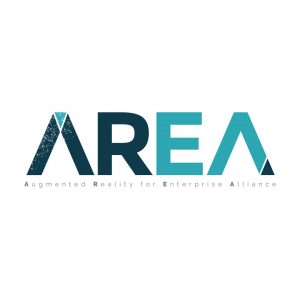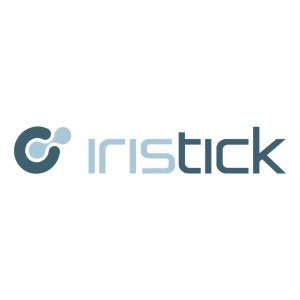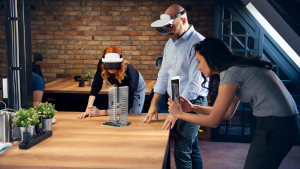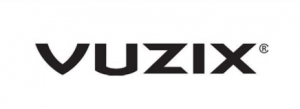Augmented Reality for Enterprise Alliance Announces New Research

BOSTON, MA – JUNE 28, 2023 – Today, the Augmented Reality for Enterprise Alliance (AREA) published a new research report entitled Effectiveness Evaluation of Augmented Reality for Delivering Highly Dexterous Work Instruction (ERADEX). The report reviews the state of the art of XR in the context of training and adoption within the industry, followed by details of the AR trials used to deliver highly dexterous work instruction, including methodologies and results.
“COVID-19 placed unprecedented pressures on human resources, forcing the industry to resolve new challenges of delivery of products on time and within accepted quality frameworks while continuing to upskill their workforce despite the global challenges,” said Mark Sage, Executive Director, AREA. “XR technology within training/onboarding has proved to offer increased benefits of time and efficacy to the workforce. AR offers manufacturers improved processes, the flexibility of working methodologies, less time and cost to train, and the opportunity to upskill staff to different levels of the workforce.”
Composite Manufacturing companies face real challenges in reducing waste, completing tasks within a shorter timeframe, and working with a consumer-driven right-first-time production process. Training is required to maintain high-quality standards, but continuous workforce training is costly and time-consuming.
Training the workforce includes a full spectrum of levels of workers’ training needs, e.g., upskilling proficient employees, as well as initial training for newly recruited employees. Composite manufacturing companies must balance the quality and consistency of training needs with waste reduction and address a fully sustainable approach to quality and measurable productivity and output.
Some questions the reports answers include:
- How does AR for high dexterity tasks differ from other instruction delivery methods?
- How are users impacted by the delivery of AR instructions in high-dexterity tasks?
- What are the key factors (e.g., cost structure) informing decision-making and driving return on investment in delivering work instructions for particularly dexterous, manual tasks?
- What are the key factors (e.g., cost structure) informing decision-making and driving return on investment in delivering work instructions for particularly dexterous, manual tasks?
Please view an executive summary of the entitled Effectiveness Evaluation of Augmented Reality for Delivering Highly Dexterous Work Instruction (ERADEX) research report from the AREA website. Please also view executive summaries of other AREA resources and enterprise guidance from the AREA website, including 3D Mapping Solutions for Enterprise AR, AREA 5G, AR – Research Introduction Summary Report, and AR ROI Best Practice Report And Case Study.
About the AREA
The Augmented Reality for Enterprise Alliance (AREA) is the only global non-profit, member-based organization dedicated to adopting interoperable AR-enabled enterprise systems. Whether you view it as the next computing paradigm, the key to breakthroughs in manufacturing and service efficiencies, or the door to unimagined applications, AR will have an unprecedented impact on enterprises of all kinds. Visit https://thearea.org for more information.
Note to editors: AREA is a program of Object Management Group® (OMG®). See the listing of all OMG trademarks. All other trademarks are the property of their respective owners.









